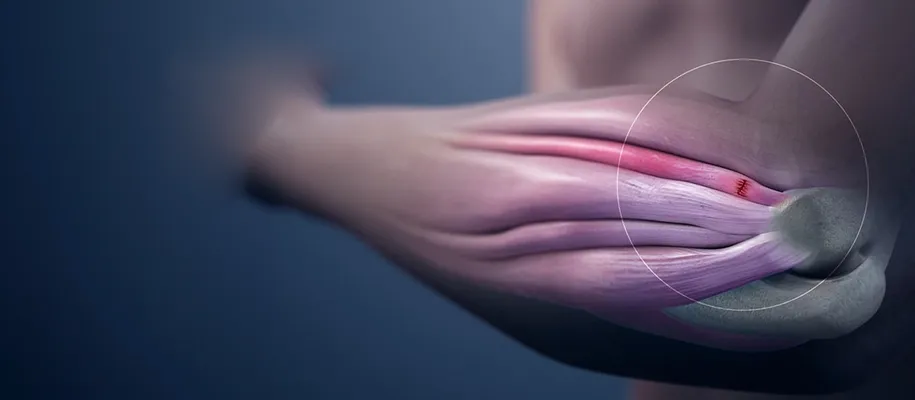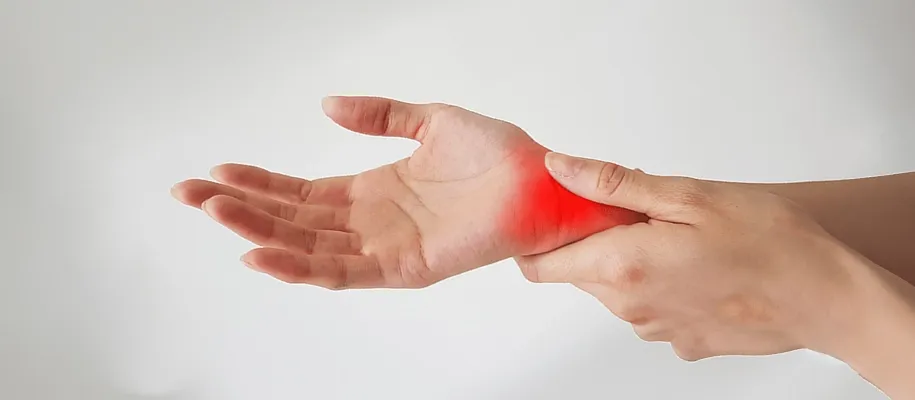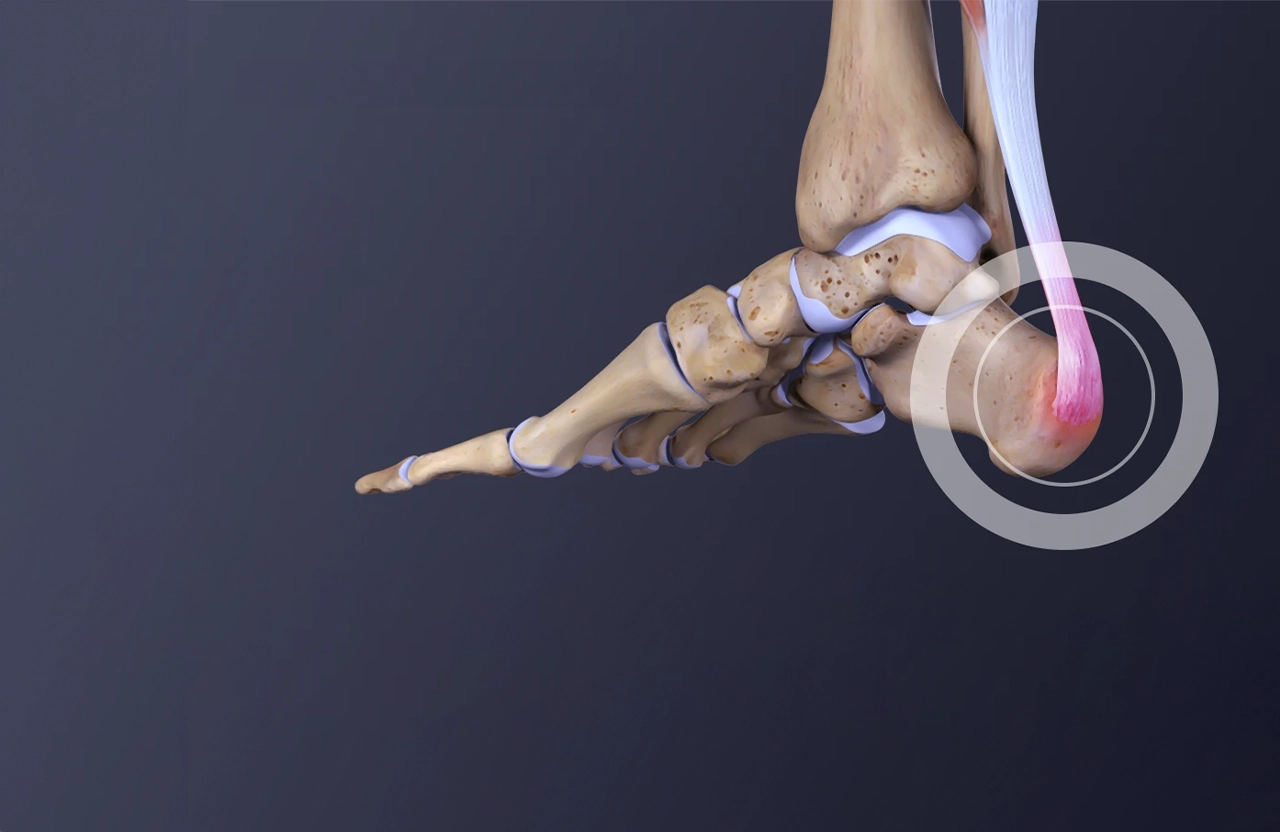Patients often come for consultation because of discomfort and inflammation in the tendons somewhere in the body. The most common areas are: elbow, heel, shoulder, knee, hip and wrist. However, what appears at first glance to be pain, stiffness or tenderness could be tendinitis or, in fact, tendinosis. Therefore, I would like to talk about their main characteristics, differences and treatment.
Tendons and ligaments
Tendons are tissues that connect the muscles to the bones; they have the function of moving the bone, while ligaments are a fibrous tissue that binds the bones together, providing stability.

What is tendinitis and how to identify it?
Tendonitis is inflammation of the tendon resulting from a microtear. This happens when the musculotendinous part (junction between the muscle and the tendon, where force is transmitted) is overloaded with a sudden tensile force or with constant tension and strain due to repetitive movements.
One of the main manifestations is pain. Inflammatory cells within the tendon cause stabbing pain that reduces functionality, which can lead to rupture or tendinosis.
Causes
A tendon injury can happen to anyone: from professionals who spend long hours in front of a computer, due to ergonomic problems, to people who perform regular physical activities and high-performance athletes.
It can also occur in the elderly, due to decreased vascularization of the tendons. Tendinitis is more likely to occur in people with systemic diseases such as rheumatoid arthritis, systemic sclerosis, gout, reactive arthritis and diabetes. In some cases, certain medications may increase the risk of tendinopathies or tendon ruptures.
Symptoms of tendinitis
Sensitivity to touch and pain that comes and goes intensely, worsening during active movements or when applying resistance against natural movement.
Tendinosis, on the other hand, is a degeneration of tendon collagen in response to chronic wear and tear. If not given proper attention to heal or sufficient rest, this degeneration leads to weakness, pain and stiffness.
Both pathologies can be referred to as tendinopathy, a general term referring to a tendon disorder. The causes can vary, but about 30 to 50% of injuries are caused by sports activities.
Symptoms of tendinosis
Tendinosis results from a tendon that has not healed properly, and for this to occur it goes through several stages.
The first stage occurs when the tendon is first injured.
In the second stage, the general condition of the tendon is altered, generating constant wear and tear.
Finally, in the third stage, cell apoptosis and neovascularization occur, which is manifested by weakness, tears or increased pain.

